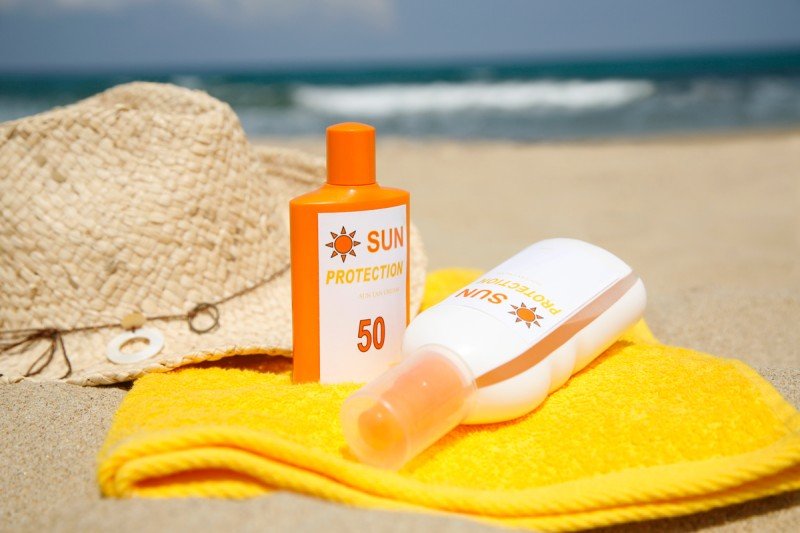 Highlights
Highlights- Look for products labeled “broad spectrum.”
- Use SPF 30 for daily use; go up to SPF 50 for activity-filled days.
- The amount of sunscreen the average adult should apply is 3 tablespoons.
- Apply sunscreen 30 minutes before going outside, then again every 2 hours.
Not all sunscreens are created equal. They come in a variety of different formulations — from lotions to gels to powders to sprays — and may contain a number of different ingredients, which do not all offer equal protection against the sun’s harmful rays.
So it’s not only important to wear sunscreen, it’s also important to choose one that offers effective protection — especially when you consider that an estimated 90 percent of the nation’s 3.5 million cases of skin cancer diagnosed each year are caused by exposure to the sun’s ultraviolet (UV) radiation. When used in conjunction with hats and other clothing, umbrellas, and other measures, sunscreen can not only decrease the risk of skin cancer but also prevent wrinkles, freckles, and other signs of aging caused by the sun.
To help you better understand what to look for on a sunscreen label, we spoke with Steven Wang, head of dermatology at Memorial Sloan Kettering Basking Ridge, in New Jersey.
Sun Protection Factor
The abbreviation SPF on sunscreen packaging refers to the sun protection factor. It is the standard way to measure the degree of protection that a sunscreen provides. SPF measures protection predominantly against the wavelength of sunlight known as UVB, which is the major cause of sunburn. A product with a higher SPF value offers higher UVB protection.
The number on a sunscreen product indicates the amount of time you can stay out in the sun without getting burned. If you normally get burned after 15 minutes in the sun, for example, a product with an SPF of 30 will allow you to stay in the sun 30 times longer compared with wearing no sunscreen. In theory, this would give you 450 minutes, or seven and a half hours, in the sun without getting a sunburn. However, this assumes the product has been applied properly and reapplied as it gets rubbed or washed off.
Broad Spectrum
The SPF value does not measure the degree of protection against UVA — the other portion of the UV spectrum. UVA rays penetrate the skin more deeply than UVB rays and are the major cause of skin aging and wrinkles. Both UVA and UVB rays can cause skin cancer. According to US Food and Drug Administration guidelines, products labeled broad spectrum must also provide significant protection against UVA rays.Ingredients that indicate a product has adequate UVA protection include avobenzone, octocrylene, and zinc oxide.“When choosing a sunscreen product, you should look for the designation of broad spectrum. I recommend an SPF of 30 or higher for daily use,” Dr. Wang says. “If you will be participating in sports or other outdoor activities, you should look for an SPF of 50 or higher along with a designation of water resistance.
